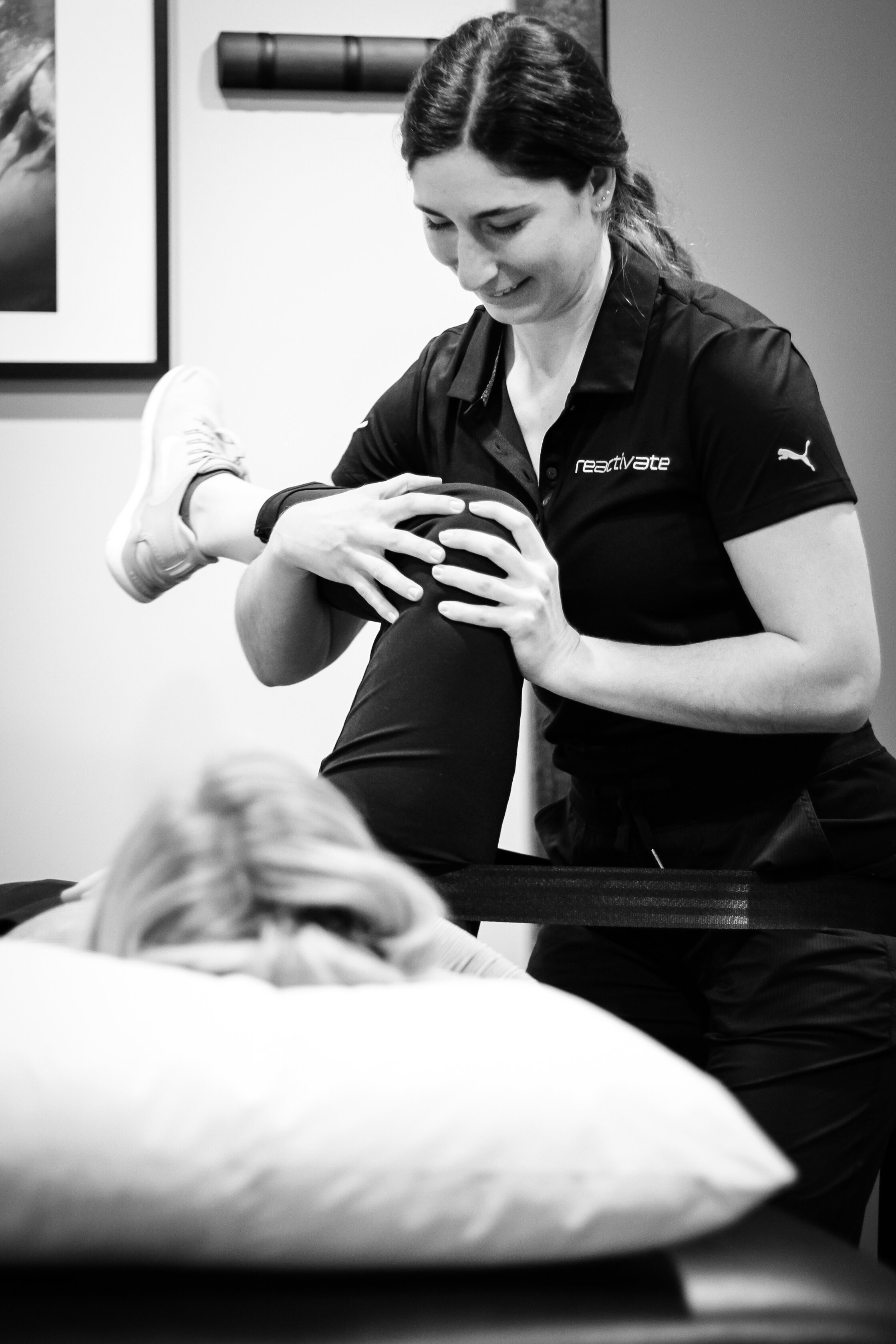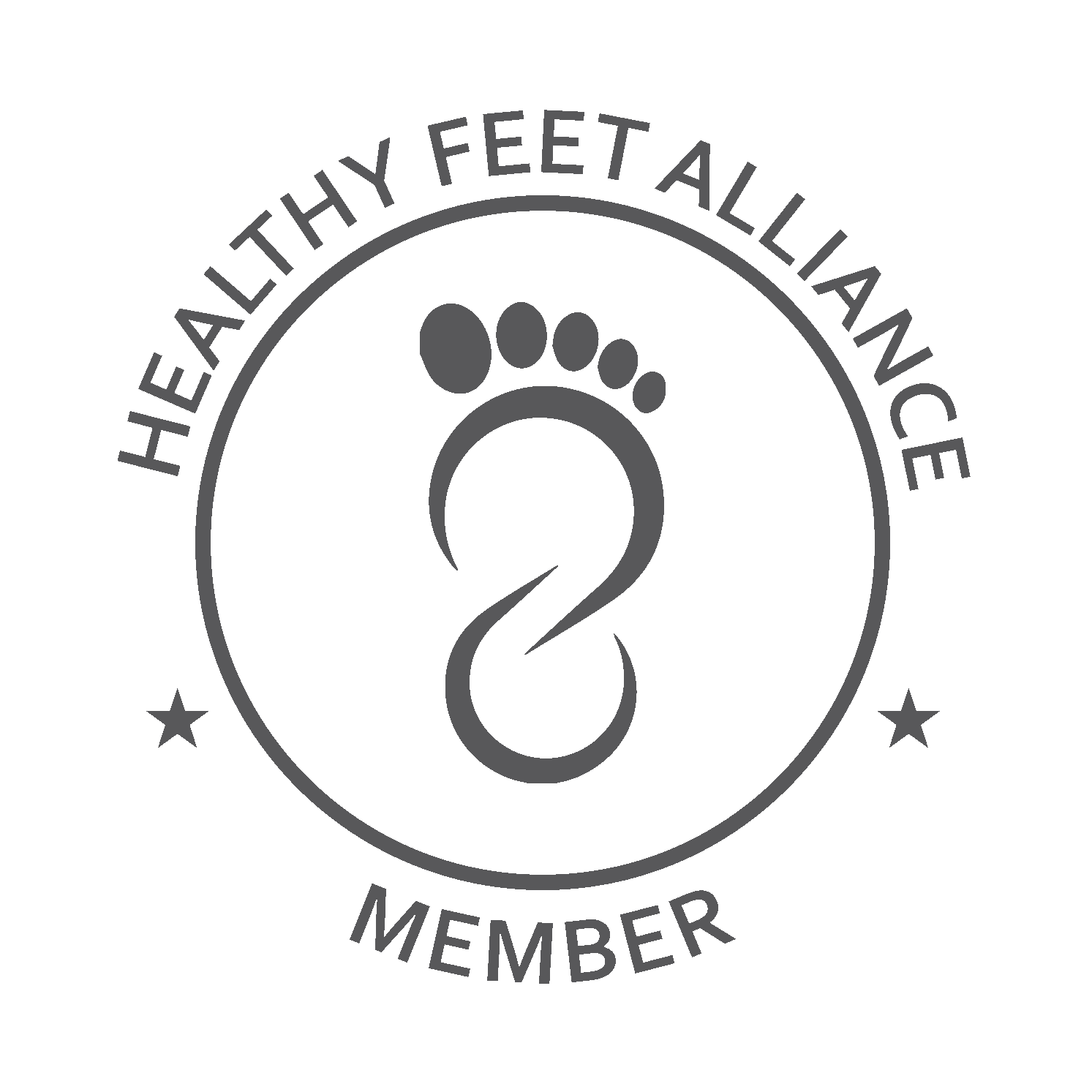It’s Saturday night, you’re watching Hockey Night in Canada, and the Maple Leafs are playing. A few minutes into the game, a player takes a hard hit into the boards and falls to the ice. He’s lying there and not moving. You then notice someone run onto the ice and proceed towards the injured athlete. That’s the athletic therapist. You wonder, “What’s happening?”.
Could it be a sprained knee, a separated shoulder, a broken ankle, a concussion, or possibly a catastrophic neck or back injury?
You anxiously wait to see what happens. After an on-ice evaluation, the athletic therapist then helps the player stand up and escorts him back to the bench.
The evaluation continues behind the scenes. After the game, the return-to-sport process begins.
What is athletic therapy?
Athletic therapy is a hybrid of on-field care and in-clinic rehabilitation and prevention. We specialize in treating musculoskeletal injuries (muscles, bones, ligaments, tendons, and joints), both acute and chronic, from start to finish. Utilizing a sports medicine model, each injury is treated with your specific movements and goals in mind. No two people will be treated the same.
Whether you’re an elite athlete, a weekend warrior with an injury, or just an average person with normal aches and pains, you would benefit from the services of an athletic therapist. Some techniques you’ll find in an athletic therapist’s toolbox include manual therapies, modalities, bracing, taping, and exercise prescription. Big emphasis on exercise prescription.
We live by the motto that movement is medicine.
When seeing an athletic therapist, you will be encouraged to move safely and effectively. This movement-based therapy can return you to your regular activity by focusing on movement restoration, muscle reconditioning, and implementing an advanced return-to-sport/activity protocol.
What to expect with your initial athletic therapy assessment?
Expect someone to listen: listen to your injury history, listen to your goals, listen to your acts and needs of daily life. Can you tell there’s a big emphasis on listening? Once a good chunk of the chatting is done, your therapist will continue to observe you. I say continue because we truly start making observations the moment you step through the door.
We’ll observe your gait, standing posture (seated or laying if needed), and the lesion site that is in question. The next step is the functional exam. This section usually includes some further movement screening that’s specific to the lesion site, but not limited to just that. We dig deep here to find the cause of your pain, rather than strictly treat your symptoms.
To finish off the assessment, we take all the information you’ve provided us throughout to create a solid foundation for your home program, our future sessions going forward, and education. The time spent during an assessment is truly a valuable tool to set you up for future success.
Take a look at this website which has a great graphic as to what to expect from an assessment by an athletic therapist, such as myself.
Credentials of an athletic therapist
To practice as an athletic therapist, one must graduate with a Bachelor of Science degree with focus in athletic therapy from one of eight accredited institutions. The education from an accredited institution includes hundreds of hours of on-field and in-clinic practical training, along with the expected course work. Upon graduation, certification candidates must pass the national certification exam through the Canadian Athletic Therapy Association. The education does not stop when school ends and the exam is completed. An athletic therapist must remain up to date in current research and emergency care by completing annual continuing education credits.
You can recognize a certified athletic therapist by the credential CAT(C).
Reference: What is Athletic Therapy? | Canadian Athletic Therapists Association. Published 2020. Accessed April 21, 2021.






